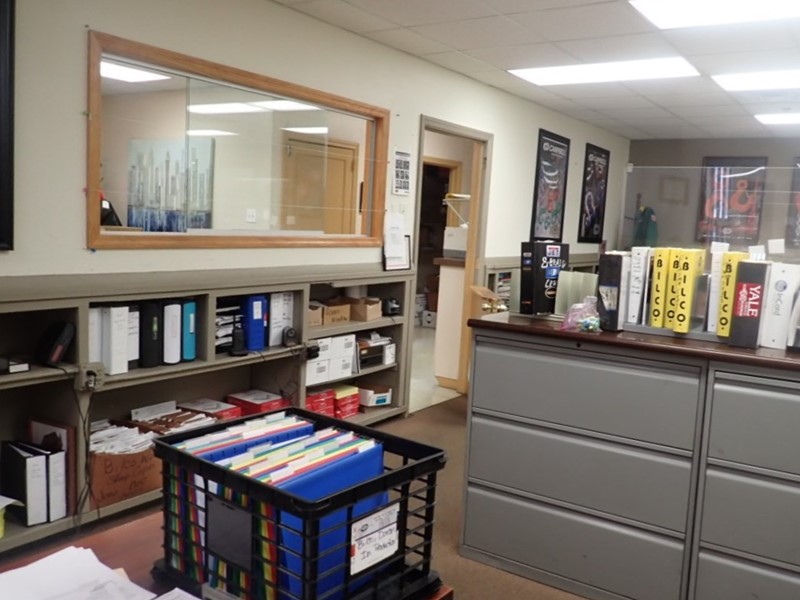 Why is it important to understand hazard classifications in the design of automatic sprinkler systems?
Why is it important to understand hazard classifications in the design of automatic sprinkler systems?
December 23, 2024
by Nils Deacon, Manager, Inspections and Rating Services
As discussed in a previous (06/14/2023) Underwriters’ Corner, various NFPA Standards and Codes use occupancy and contents hazard classifications to determine the amount of fire protection to be provided for various occupanices and structures.
This is critical when designing and installing an automatic sprinkler system in a building. Intended use, building construction, and other factors determine how much water and at what pressure water needs to be delivered to control a fire.
Insurance rating organizations like MSO, Inc. are guided by NFPA 13 water supply criteria when grading sprinkler systems. For example, an office building would be considered Light Hazard and require 500 GPM (gallons per minute) at 15 PSI (pounds per square inch) to control a fire. A warehouse classification for water supply would be 20% higher for GPM and 25% higher for PSI.
These differences are critical when considering the available water supply and possible need for a fire pump to increase pressure and water supply. Other factors such as sprinkler spacing could also be affected.
DISCLAIMER: This information reflects the interpretation of MSO, Inc. with regard to NFPA Standards and Codes and other code sources. It does not represent these codes’ official position on the items discussed.
Typical office occupancy

